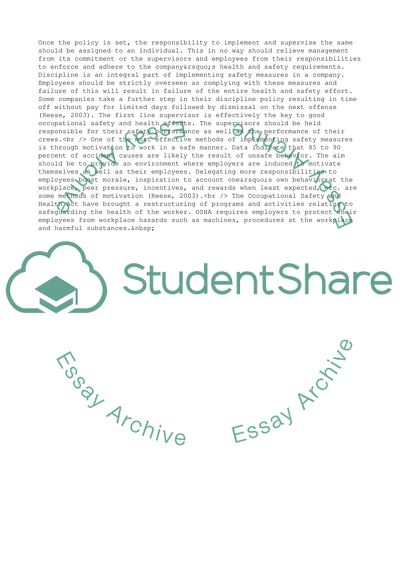Cite this document
(Occupational Health and Safety Management Assignment, n.d.)
Occupational Health and Safety Management Assignment. Retrieved from https://studentshare.org/management/1543472-an-interview-with-a-safety-manager
Occupational Health and Safety Management Assignment. Retrieved from https://studentshare.org/management/1543472-an-interview-with-a-safety-manager
(Occupational Health and Safety Management Assignment)
Occupational Health and Safety Management Assignment. https://studentshare.org/management/1543472-an-interview-with-a-safety-manager.
Occupational Health and Safety Management Assignment. https://studentshare.org/management/1543472-an-interview-with-a-safety-manager.
“Occupational Health and Safety Management Assignment”, n.d. https://studentshare.org/management/1543472-an-interview-with-a-safety-manager.


